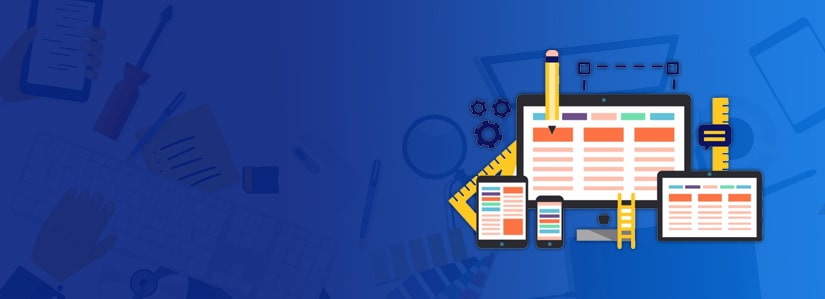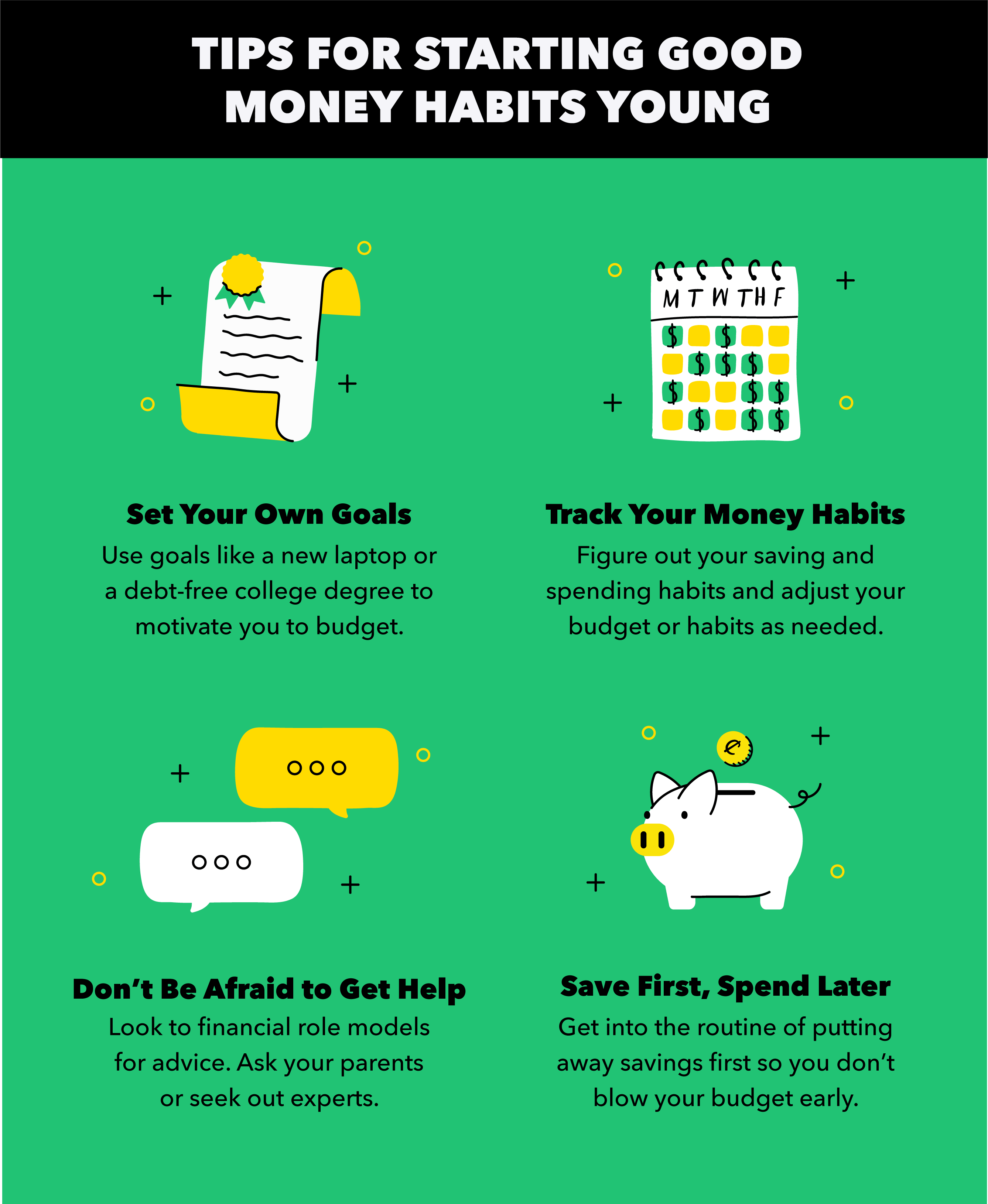
If you've ever wondered what is iOS development, you're not alone. If you are curious about Objective-C Swift, Swift, Core Data, and Xcode, you are not the only one. iOS developers are just as passionate as any other developer about their craft. They are often out of the house a lot more than their competitors and, while they are obsessed with technology, they never lose sight of design and the user's experience.
Xcode
Xcode allows developers to use Swift to code and compile applications. Although it is primarily designed for iOS development, Xcode can also be used for other languages. It is very versatile, allowing users to write code for any application and design the user interface, as well as test and submit their apps to Apple's App Store marketplaces.
To download Xcode to iOS development, your Mac must have at least 2GB RAM. 30GB of hard disk space and 128MB memory. A valid Apple ID will also be required. Next, go to the Dock and navigate to the AppStore application icon. From there, click Xcode in the top-right corner.
Objective-C
Objective-C, a programming language used for creating iOS applications, is available. It's a descendant to the C language, and can benefit greatly from the C++ libraries. Objective-C is able to use C libraries like the Swift library, unlike Swift which is not interoperable directly with C. It also includes XCode, an IDE for creating iOS and OS X apps. The IDE contains all the tools required to build performant and fast apps.

Objective-C, an object-oriented programming language, is available. There are two main files in Objective-C: the implementation and the interface. The interface file contains a definition of the class, and the implementation contains the code. This file will include code for creating and storing objects and accessing methods. For example, the class Color might have the instance method -changeColorToRed:green:blue. Objective-C, though, uses pointers instead of Swift to protect against security holes. While pointers can be very convenient, developers can face complex problems due to them.
Swift
iOS Development With Swift is a guide that shows you how to create apps using Swift programming. It covers the basics of the language as well as the steps involved in creating an application. As a developer, it will be an invaluable resource for anyone interested in developing apps on the iOS platform. With the help of detailed examples, it is easy to learn Swift language.
Swift is a modern, cross-platform programming platform that works on both Apple iOS devices and Linux. Its LLVM compiler allows it run at the fastest speeds. This means that you can build your apps faster and with less code.
Core Data
Core Data is a framework that can help you learn how to use it in your iOS project. The framework has many parts that combine to offer a unique data storage solution. Learn how to use advanced fetch commands and different types of fetching.
Core Data is implemented with a managed object modeling (MOM). This means that entities have attributes which are mapped into fields within your code. Each entity may have several attributes like name, position and salary.

Project management
iOS project management can be challenging. For project management, many small teams will rely on pen-and-paper. This is an easy and flexible solution but it does have its limitations. End result: you will have many documents about different versions and versions of your iOS applications. This is not the best approach for team management.
Wrike, a cloud-based platform that facilitates project management, is a good choice. Wrike enables you to collaborate on your project, makes workflow easier, and offers real-time reports. Wrike also integrates with other platforms and applications. This makes it simple for teams and individuals to collaborate in realtime.
FAQ
Who hires consultants
Many companies hire consultants to help with their projects. These can include small businesses and large corporations, government agencies as well non-profits and educational institutions.
Some consultants work directly for these organisations, while others freelance. The hiring process for both cases varies depending upon the project's size and complexity.
Before you can hire a consultant, there will be several rounds of interviews.
Do I have to pay tax on consulting income
Yes, you must pay tax on the consultancy profits. The amount depends on how much you earn per year.
If you're self-employed, you can claim expenses on top of your salary, including rent, childcare, and food.
However, you cannot deduct interest payments from loans, vehicle repairs, or the cost for equipment.
If your annual income is less than PS10,000, you can only claim 25% back.
But even if you're earning more than this threshold, you might still be taxed depending on whether you're classed as a contractor or employee.
Employees are generally taxed through PAYE (pay as you earn) and contractors through VAT.
Is it possible for a consulting business to be run from home?
Absolutely! This is something that many consultants do already.
Freelancers often work remotely through tools like Skype and Trello, Basecamp, Basecamp, Dropbox, and Slack. They often create their own office space so they don't miss out on company perks.
Some freelancers prefer to work at libraries and cafes instead of traditional offices.
Others choose to work at home because they love being with their children.
There are pros and cons to working remotely. However, if you love what you do, it is worth considering.
What happens after the consultant completes the job?
After the consultant has completed the work, they will submit a final document detailing the results. This report details the project timeline, deliverables, as well any other pertinent information.
Next, you will review the report and determine if the consultant has met your expectations. If the report does not meet your expectations, you have two options: to request changes or to terminate the contract.
Statistics
- So, if you help your clients increase their sales by 33%, then use a word like “revolution” instead of “increase.” (consultingsuccess.com)
- 67% of consultants start their consulting businesses after quitting their jobs, while 33% start while they're still at their jobs. (consultingsuccess.com)
- On average, your program increases the sales team's performance by 33%. (consultingsuccess.com)
- According to IBISWorld, revenues in the consulting industry will exceed $261 billion in 2020. (nerdwallet.com)
- My 10 years of experience and 6-step program have helped over 20 clients boost their sales by an average of 33% in 6 months. (consultingsuccess.com)
External Links
How To
What is a typical day for a consultant?
Your work type will determine the length of your day. You'll spend your time researching new ideas and meeting clients.
You will have many meetings where clients and you can discuss their issues. These meetings can be held over the telephone, online or face-to face.
Also, proposals are documents that outline your ideas or plans for clients. You will need to discuss these proposals with a mentor or colleague before you present them to clients.
After all the preparation, you'll need to start creating content. You might be creating articles, videos, editing photos, writing interviews, or designing websites.
Depending on the scope of the project, you may need to do some research in order to gather relevant statistics or figures. This could include finding out how many customers your company has and whether they purchase more than one product.
After gathering enough information, you can present your findings to clients. Your findings may be delivered orally, or written.
You must also follow up with clients following the initial consultation. For example, you could call your clients periodically to check how things are going. Or send them emails asking them to confirm they have received the proposal.
Although this process can take time, it is important to stay focused and build good relationships with your clients.